Engine Cooling FanSo, extra cooling is not needed, when a cold engine is first started. As a result, the engine cooling fan, does not come on, until the engine reaches, normal operating temperature.
The fan will then cycle on and off as needed, to maintain the proper coolant temperature. So, the fan runs mostly at idle or low speed, when the engine is at normal temperature. Most fans should come on, when the coolant reaches, about 200 to 230 degrees.
So, Let’s Start With Some Easy Questions:Your engine cooling fan will not work if, you have a blown fuse. In general, most vehicles on the road have, two types of fuses. Older cars have glass, cylinder-shaped fuses, with stainless steel on the ends and glass in the middle. Most newer cars have a different style of fuse, that uses a plastic housing; with the fusible link, encased in the housing. So, the easiest way to check it is visually. Check it for a continuous wire with no breaks. Using a multimeter, is another good way.
So, if you find a blown fuse, replace it. That may be all you need, to get back on the road. But, If The Fuse Is OK, Move On To The Next Step.Unplug the fan connector, closest to the fan. Make up some jumper cables.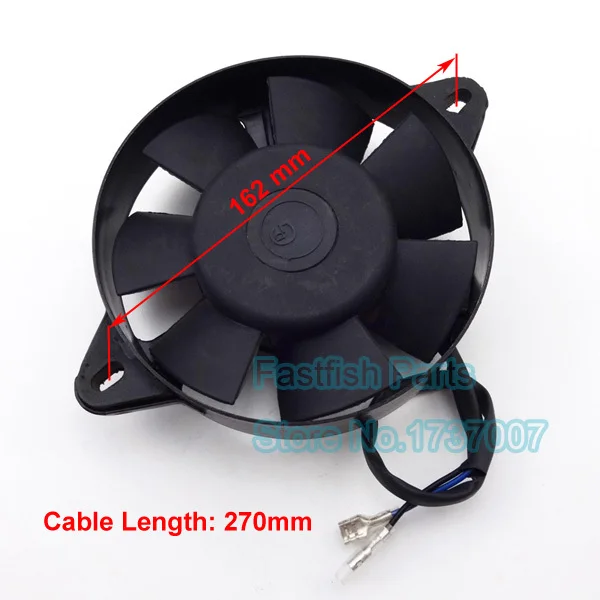 Then connect them directly, from the battery to the fan motor, to see if it spins.
Then connect them directly, from the battery to the fan motor, to see if it spins.
So, a fan failure or a failure of the fan relay or control circuit, is bad news. Because, it can allow the engine to overheat. On applications that have variable fan speeds; the engine may also overheat, if the fan speed fails to increase, when additional cooling is needed. The fan may work, but it only runs at low speed. Which may not be fast enough, to prevent overheating.
In general there are six things that may prevent, an electric cooling fan from coming on:
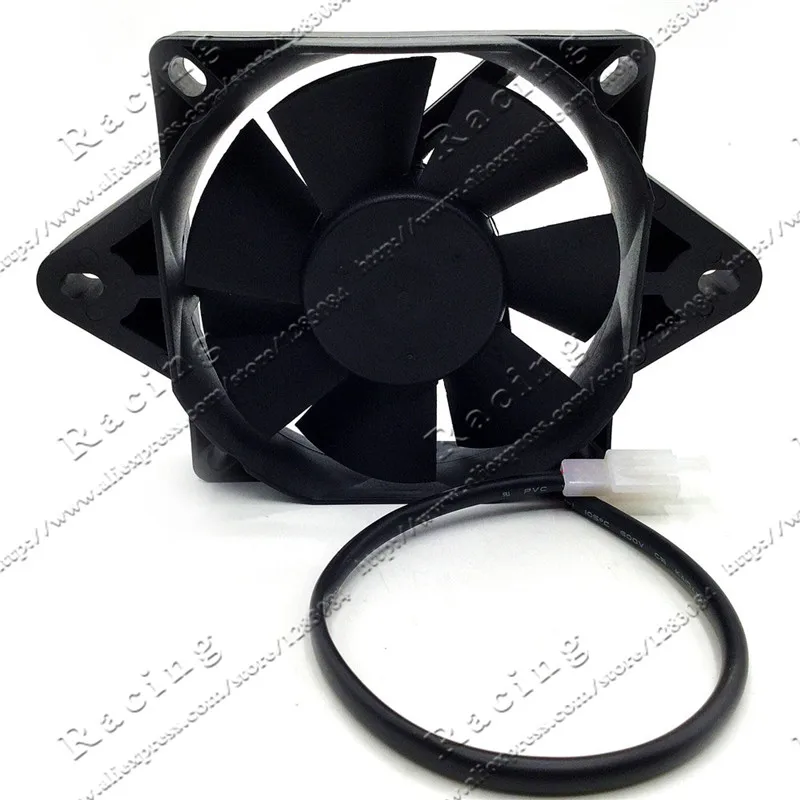
On most systems, there is a coolant temperature switch, that turns the fans on and off.
First, locate the coolant temperature switch and unplug it. But, be sure you have the right one. Because, some vehicles have as many as three:
So, with the engine running and the coolant temperature switch unplugged, the fan should come on. The (PCM) will now detect a failed switch, store a Diagnostic Trouble Code (DTC) and turn on the fan(s).
The (PCM) will now detect a failed switch, store a Diagnostic Trouble Code (DTC) and turn on the fan(s).
If it doesn’t, and you have a domestic vehicle; the coolant temperature switch, is a normally open type, that stays open, until the coolant reaches its set temperature. When it reaches that temperature; the switch closes and turns the fan(s) on.
To check this, unplug the single wire connector and, using a jumper wire, ground it. At this point, the fan should come on. Most Japanese cars have a normally closed switch. Those switches open, when the set temperature is reached, thus turning the fan(s) on.
So, cooling fan motors, are an important component, to any engine cooling fan assembly. And, play a key role in keeping the car at safe temperatures, during idle and low speeds.
Finally, if you suspect that your cooling fan motors may be having an issue; do some testing to see if you can fix it yourself.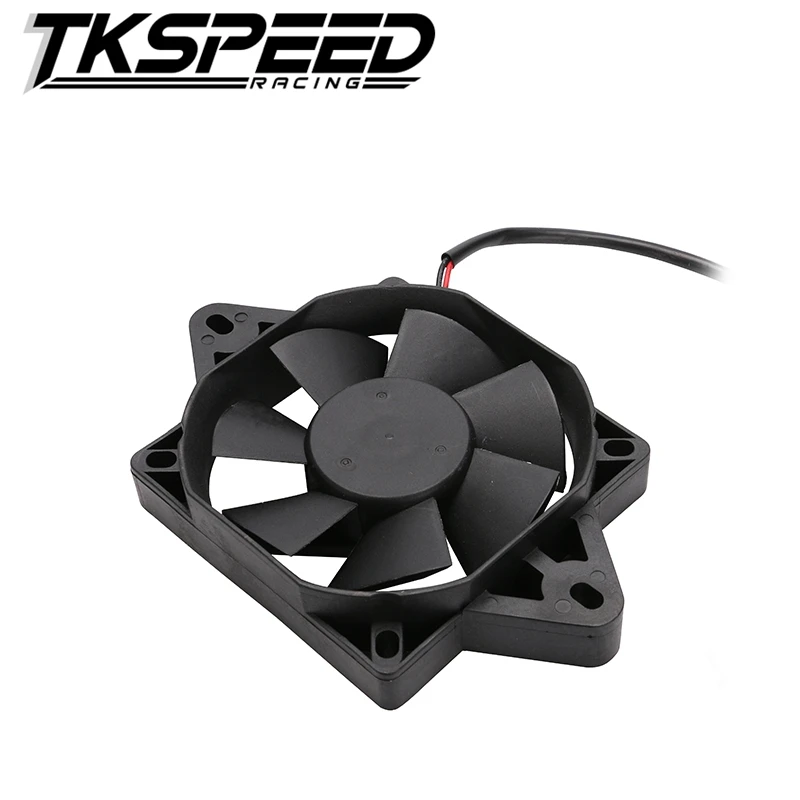
Thank You !
JavaScript is disabled. For a better experience, please enable JavaScript in your browser before proceeding.
1 - 20 of 22 Posts
1 - 20 of 22 Posts
 Please consider creating a new thread.
Please consider creating a new thread.Top
Question how to check the fan sensor , car owners may be interested in when the engine radiator cooling fan does not turn on or, on the contrary, works constantly. And all because often this element is the cause of such a problem. To check the cooling fan switch on sensor, you need to know how it works, and you should also use a multimeter to take some measurements.
Before proceeding to the description of the procedure for checking the radiator fan switch on sensor, it makes sense to understand how it works and its main types of malfunctions.
The fan sensor itself is a temperature switch. Its design is based on a bimetallic plate connected to a movable rod. When the sensitive element of the sensor is heated, the bimetallic plate bends, and the rod attached to it closes the electric circuit of the cooling fan drive.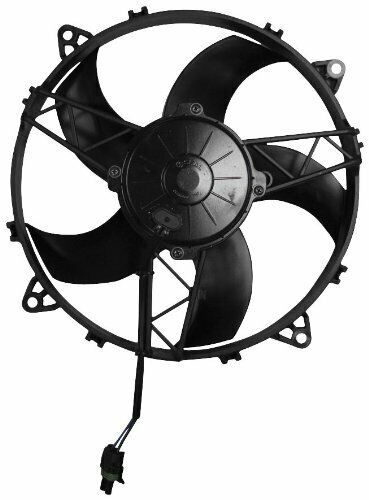
A standard automotive voltage of 12 volts is constantly supplied from the fuse to the fan switch-on sensor (constant "plus"). And the "minus" is supplied when the rod closes the electrical circuit.
The sensing element is in contact with antifreeze, as a rule, directly in the radiator (in its lower part, on the side, depending on the model of the car), but there are engine models where the fan sensor is placed in the cylinder block, such as, for example, in the popular VAZ-2110 car ( on injection engines). And sometimes the design of some engines provides for as many as two sensors for turning on the fan, in particular, on the inlet and outlet pipes of the radiator. This allows you to both turn on and turn off the fan forcibly when the antifreeze temperature drops.
It is also worth knowing that there are two types of fan temperature sensor - two-pin and three-pin. Two pins are designed for fan operation at one speed, and three pins are designed for two fan speeds.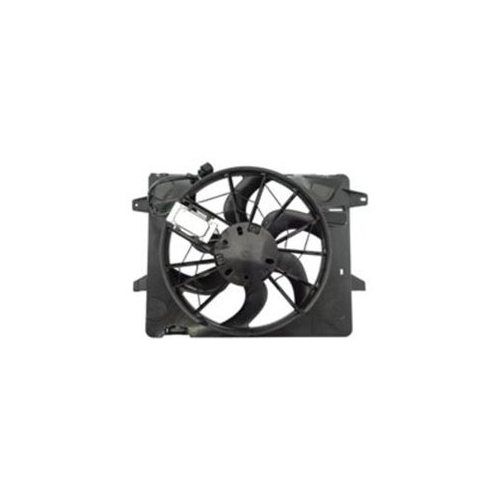 The first speed is switched on at a lower temperature (for example, at +92°С…+95°С), and the second - at a higher temperature (for example, at +102°С…105С°).
The first speed is switched on at a lower temperature (for example, at +92°С…+95°С), and the second - at a higher temperature (for example, at +102°С…105С°).
The switching temperature of the first and second speeds is usually indicated directly on the sensor housing (on a hexagon for a wrench).
The cooling fan activation sensor is a fairly simple device, so it has few reasons for breakdowns. It may not work in such cases:
Connectors on the three-pin DVV chip
Please note that the fan on sensor is non-separable and cannot be repaired, therefore, if a failure is detected, it is changed. In a modern car, the check engine light will signal a problem, since one or more of the following errors will be recorded in the memory of the electronic control unit (ECU) - p0526, p0527, p0528, p0529.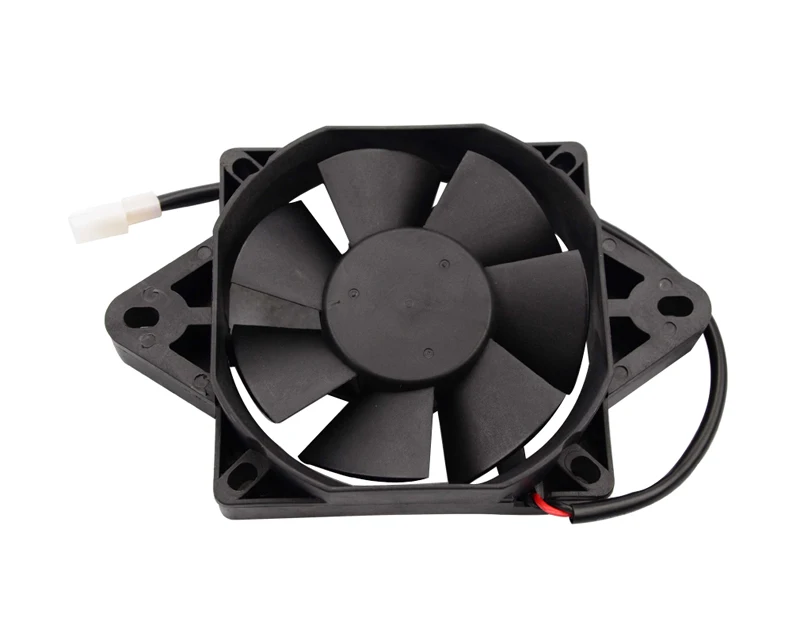 These error codes will report an open circuit, both signal and power, but this happened due to sensor failure or wiring or connection problems - you can find out only after checking.
These error codes will report an open circuit, both signal and power, but this happened due to sensor failure or wiring or connection problems - you can find out only after checking.
To check the operation of the fan switch sensor, it must be removed from its seat. As mentioned above, it is usually located either on the radiator or in the cylinder block. However, before dismantling and testing the sensor, you must make sure that power is supplied to it.
Power test DVV
On the multimeter, turn on the DC voltage measurement mode within about 20 Volts (depending on the specific model of the multimeter). In the disconnected sensor chip, you need to check for voltage. If the sensor is two-pin, then you will immediately see if there is 12 volts there. In a three-contact sensor, you should check the voltage between the terminals in the chip in pairs in order to find where there is one “plus” and where there are two “minuses”. Between the "plus" and each "minus" there must also be a voltage of 12V.
Between the "plus" and each "minus" there must also be a voltage of 12V.
If there is no power on the chip, first of all you need to check whether the fuse is intact (it can be both in the block under the hood and in the car). Its location is often indicated on the fuse box cover. If the fuse is intact, you need to “ring” the wiring and check the chip. Then it is worth starting to check directly the fan sensor itself.
However, before draining the antifreeze and unscrewing the radiator cooling fan sensor, it is worth doing one more small test to make sure that the fan is working properly.
With the help of some jumper (a piece of thin wire), close the "plus" in pairs and first one, and then the second "minus". If the wiring is intact, and the fan is working, then at the moment of the circuit, first one and then the second fan speed will turn on. On a two-contact sensor, the speed will be one.
It is also worth checking if the fan turns off when the sensor is disconnected, if the contacts are stuck in it. If, when the sensor is turned off, the fan continues to work, then this means that something is wrong with the sensor, and it needs to be checked. To do this, the sensor must be removed from the machine.
If, when the sensor is turned off, the fan continues to work, then this means that something is wrong with the sensor, and it needs to be checked. To do this, the sensor must be removed from the machine.
There are two ways to check the DVV - by heating it in warm water, or you can even heat it with a soldering iron. Both of them imply continuity checks. Only in the latter case, you will need a multimeter with a thermocouple, and in the first case, a thermometer capable of measuring temperatures above 100 degrees Celsius. If a three-contact fan switch-on sensor is checked, with two switching speeds (installed on many foreign cars), then it is advisable to use two multimeters at once. One is to test one circuit, and the second is to simultaneously test the second circuit. The essence of the test is to find out if the relay is activated when heated to the temperature indicated on the sensor.
Check the sensor for turning on the radiator cooling fan according to the following algorithm (using the example of a three-pin sensor and one multimeter, as well as a multimeter with a thermocouple):
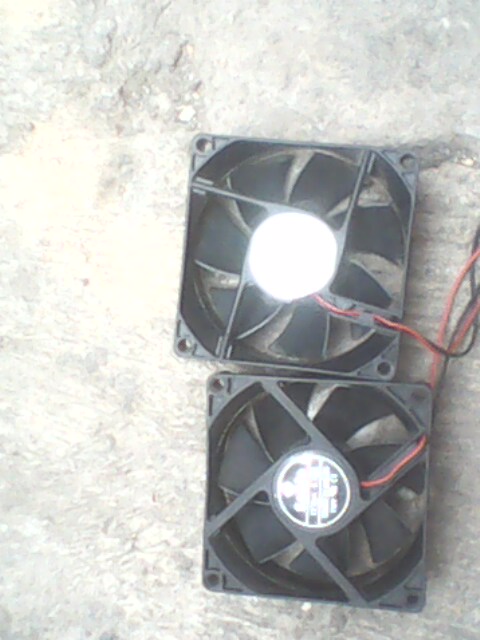
Testing a two-prong sensor is carried out in the same way, only the resistance needs to be measured between only one pair of contacts.
If the sensor is heated not with a soldering iron, but in a container with water, then make sure that not the entire sensor is covered, but covers only its sensitive element! As it heats up (controlled by a thermometer), the same operation will occur as described above.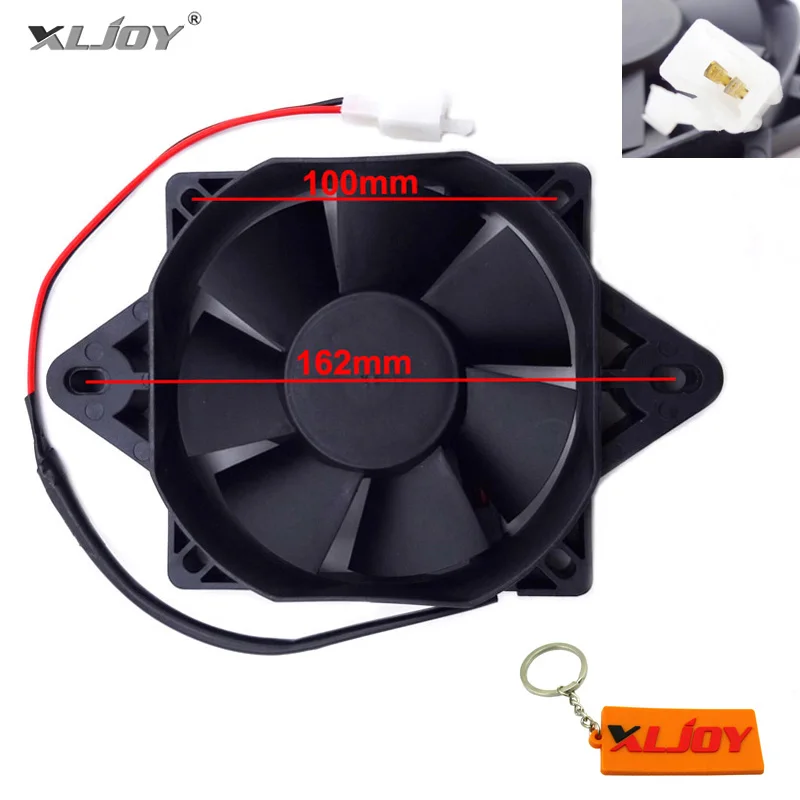
After purchasing a new fan switch sensor, it also makes sense to check its functionality. Currently, there are many fakes and low-quality products on sale, so checking will not hurt.
The cooling fan activation sensor is a reliable device, but if there is a suspicion that it has failed, then to check it you need a multimeter, a thermometer and a heat source that will heat the sensitive element.
Overheating of the engine threatens with serious consequences: it will jam the piston, pierce the block gasket, which will turn into a major overhaul of the power unit. Therefore, the cooling fan is an important element that protects the power unit from extreme heating.
Contents
 1 Checking the fan switch on sensor
1 Checking the fan switch on sensor The engine cooling fan may not start under the following circumstances:
The easiest way to check the operation of the fan is to throw two straight wires on it: minus and plus.
Plus is taken from the battery, minus from the car body. If it does not work when the circuit is closed, then the problem lies precisely in it. When starting the blades, we are looking for a problem elsewhere.
Cooling fan diagram
Basically, when a non-working fan is detected, several reasons are identified:
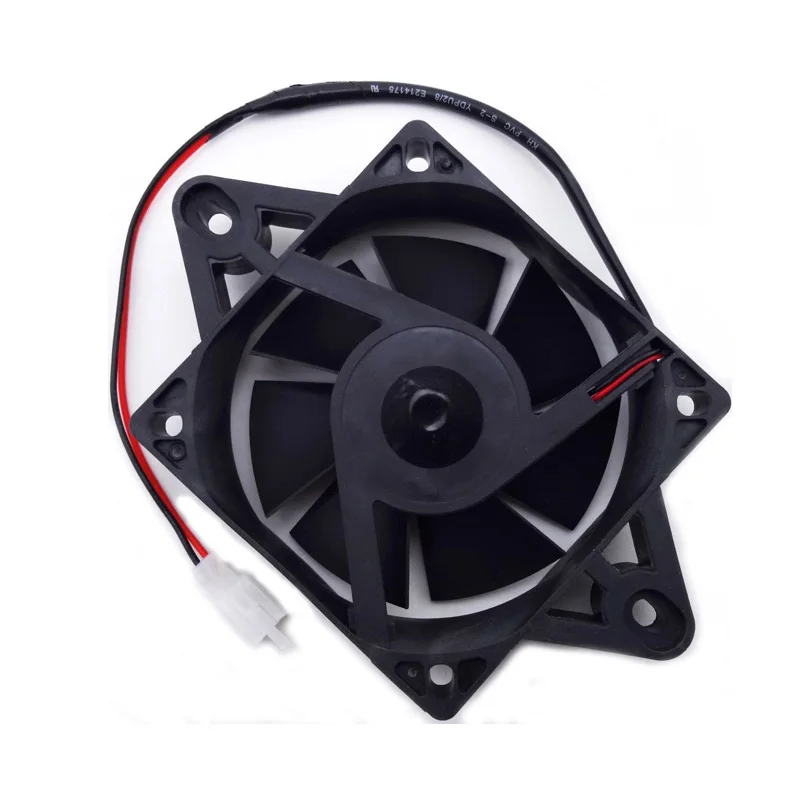
If in the last two cases the problem is solved, so to speak, with little bloodshed, the first involves the replacement of the electric motor.
Important! When wiring, the main power supply of the electric motor must be disconnected.
The operation of the fan on the VAZ-2114 is tied through 2 fuses. One of them is also responsible for the sound signal. You can check it by pressing the horn. If there is no sound, replace with a whole one. It is located in the mounting block, it is 20 amp, marked F5.
We check and, if necessary, change the fuses
The second one is located under the dashboard, on the passenger side. Under the casing there are 3 relays with a fuse for each. The middle pair is responsible for the operation of the cooling fan. Replace the blown element with a new one (the fuse can be “ringed” with a multimeter or limited to visual inspection.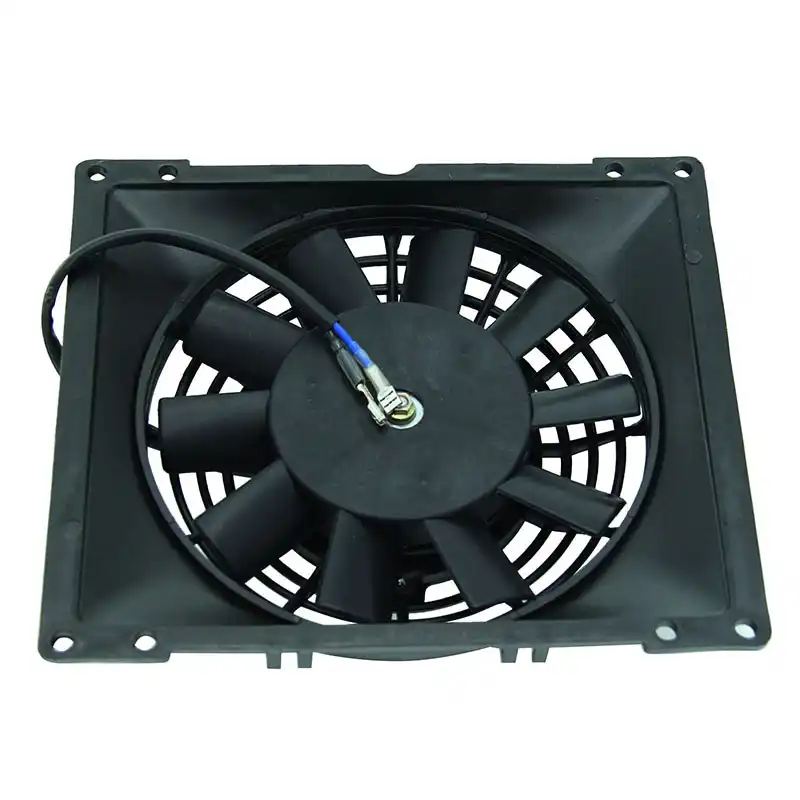 An ohmmeter is required to check the relay’s performance). Checking their condition, at the same time make sure that the contacts are in a good condition, clean them if oxide is found.
An ohmmeter is required to check the relay’s performance). Checking their condition, at the same time make sure that the contacts are in a good condition, clean them if oxide is found.
Important! Having found a blown fuse, you should not be limited to replacing it with a new one. It is imperative to find the cause of the break, as in the near future the new one will burn out again.
If no cause is found, the next step is to test the operation of the Fan On Sensor . It is not difficult to do this. Disconnect it and turn on the ignition, while paying attention to the fan. The rotation of the blades indicates that the cause of the problem is in the sensor.
We check the sensor for turning on the cooling fan
To do this, you will need a container with antifreeze or antifreeze, a thermometer and a multimert. Wires from the measuring device are connected to the sensor terminals, the threaded part of the sensor is immersed in the liquid.